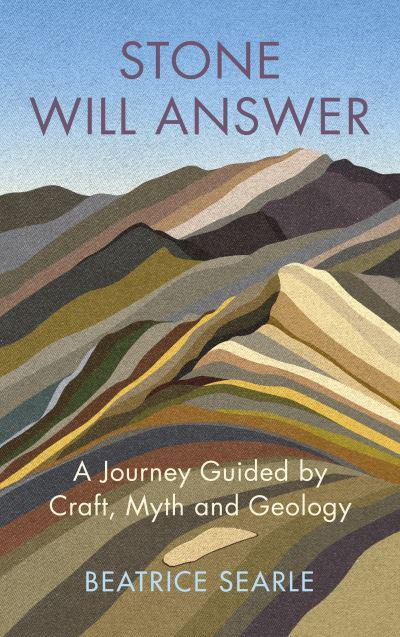Much of my book Stone Will Answer was first dashed down with a 10H, the only pencil tough enough to survive such an abrasive encounter, onto an available face of whichever large stone I happened to be working at the time. I was a newly arrived masonry apprentice at Lincoln Cathedral and did not imagine then that my stone-stirred splurges would become the basis for a journey and a book; I simply felt so exuberant about my discoveries in stone that I couldn’t help a bit of waxing lyrical. My passionate scribbles were not practical marks or measures but love notes: reasons why I love you, beguilements, charms and things we had in common.
Very few of those words were still whole when the stones were fixed in place. I had long-since copied them into a notebook and pitted the surfaces I had written on, so that the lime would cling in. The smashed half-words that remained have been dispersed through Lincoln Cathedral now, carried in water and salts, and I have continued to find words and resolve ideas through the reverential use of my hands.
Their manoeuvring and manipulation, their occupation at something, bestows some fluency on my thoughts. I still pause while working, to scribble on the sides of stones about my many and various loves, often still about the stone itself, and the margins of my technical drawings are bursting with notes and ‘extras’. I busy my hands with hammers, chisels and propelling pencils and, entirely ungrudgingly, with the washing up too.
I can find the actions involved in doing the dishes as fruitful as those involved in stone shaping for getting to the nub of an idea. The movements of each are methodical, thorough; require turning, looking, repetition, and an awareness of form, size and shape. The jeopardy is the same: a chip, a shattering under tap or chisel. It may be the satisfaction of full hands that brings forth the full feeling essential for words. That, I think, and the thirst of the empty drying rack, which grants me a delicious and necessary aloneness. It must be those activities of my life that call for decisive but precise handling, be they skilful or banal, that enliven my mind for language to arrive and find its place; these are the events of my days that I carry out with respectful, confident familiarity. In short, I have to go on with the business of living and making and washing, handling each thing with care, to loose my mind, for it to grow sprawling limbs, awol and playful, everything of curiosity up for grabs. It is unthinkable to me now to try to wrench art-making from life or to approach them separately. I shrink from the attempt to detach one from the other ever since I took a journey with a stone that was conceived as art and which revealed itself to be the discovery of my own life. I keep a look out for varied things of beauty, wonder and rigour, run my hands over all things and handle what I find, with devotion.
While my hands are at work, my brain firing fast and my eyes wide open, I have a special affection for hoverflies and the way in which they seem to scrutinise everything they encounter. Today it is the milk carton that fascinates them. In the shade of an Italian pergola I watch the hoverfly admiringly as it takes a long, committed look. I too linger over a stone-cut letter with a tension in its curves that primes it to spring forth; I pitch my tent in a strong wind and the concavity of the canvas shares its strength with that letter; I am at sea and the tightly-hauled shape of my sail forms the same powerful, un-collapsible engine and this, this is the connectedness of the world that I am looking out for, this is dynamism I want from my sentence! My wayfaring longings and the beauty in my stone pursuits begin to take after each other; they get an influential look-in as I tighten up my manuscript.
Whereas the hoverfly might have zoomed away to eagerly eyeball the riches in another thing, I find in later months that I am sticking around in a few places, or circling back to look again. I make my rounds now – my stone work and the washing up – and I watch out for the rising ideas, the ones I will hitch my wagon to and chip away at in the hope of illuminating. A three-month journey that was, some days, the same in and out, and other days so obviously momentous, must divert from the hoverfly in the writing up of it, I know. In the end there might be a geological model for everything I do, I think, as I dive deep into the writing stage that resembles a solidifying, luminous, precipitation.
Photograph courtesy of the author







